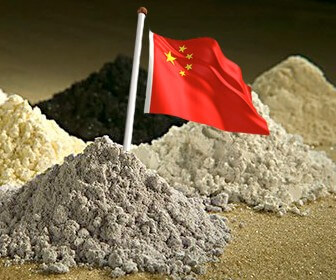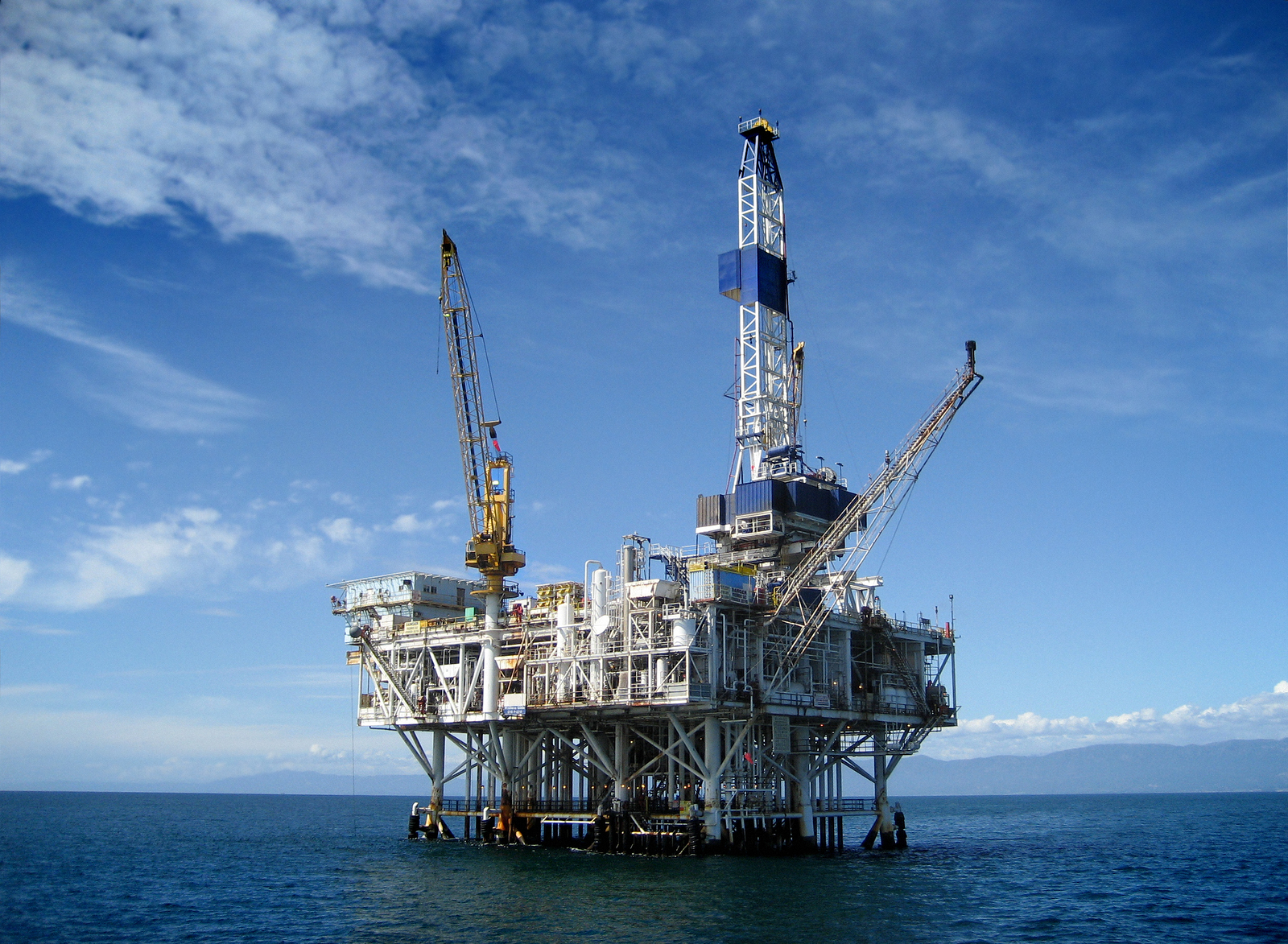Consumer demand for certain technologies such as cellular phones and computers has expanded dramatically, and the supply of specialty minerals required for their manufacture has become a centralized enterprise. These same specialty minerals are also required for defence technologies, which has resulted in the creation of a near-monopoly for most of the minerals required to produce the majority of military technologies required for national defence. The economic efficiency and profitability of centralizing their sources is outweighed by the security implications if this narrow supply chain were to be undermined.
Military and industrial leaders have begun raising concerns over groups of raw materials known as Rare Earth Elements (REEs). REEs used to be predominately sourced from NATO member nations, with the U.S. producing the majority of global supplies until the 1980s. China now supplies 95% of REEs globally, and has hinted at possible strategic hoarding of these critical minerals. To pre-empt possible shortages in critical defence technologies, NATO members are beginning to pass new legislation and develop policy to address the volatility in these supplies.
Beginning with three planned parts on REEs, the Critical Defence Minerals series will explore the building blocks of modern military platforms and weapon systems by looking at the raw materials which are required for their manufacture. The series will begin with the REEs because the centralization of their supply, their lack of substitutability, and the combined industrial and military applications that render them extremely important.
REEs consist of a group of 17 elements, 15 of which are grouped together as the Lanthanides on the periodic table of elements, as well as Yttrium and Scandium, which share similar chemical properties. Defence analysts are particularly interested in REEs due to their use in military applications such as missile circuitry and telecommunications equipment. A specific component crucial to most modern defence technologies are compact, powerful magnets, which require the REEs neodynium, praseodymium, samarium, dysprosium, and terbium.
Defence applications of these REEs centre around the military equipment categories of guidance and control systems, defence electronic warfare, targeting and weapons systems, electric motors, and communications. Specific guidance equipment using these components include Tomahawk cruise missiles, smart bombs, joint direct attack munitions, joint air to ground fin actuators, and predator unmanned aircraft. Examples of defence electronic warfare applications include jamming devices, electromagnet railguns, and nickel metal hydride batteries. Most laser technologies used in targeting systems also require these minerals. An inability to access sources of REEs would lead to an inability to produce much of the military hardware and equipment required for national defence.
Furthermore, disruptions in REE supplies are not just a matter of higher production costs via the use of alternative minerals. Certain products simply cannot be produced without trace amounts of certain REEs. The U.S. Government Accountability Office (GAO) has stated that it would take 15 years to overhaul the defence supply chain to adequately prepare for large scale changes to current sources. Like many specialty minerals, REEs have a considerable lead-up time before their production can be streamlined post-development of a viable deposit.
After a viable deposit is proven, and feasibility studies performed in preparation for a REE-producing mine, a sophisticated process to separate REEs from the deposit they are extracted from must also be laid out. This makes the entire process time consuming, expensive, and for many REEs, geographically limited. The REE’s Yttrium, Terbium, Dysprosium, Homium, Erbium, Thulium, Ytterbium, and Lutenium are especially problematic because none of these are produced in North America . Canada and the U.S. import these heavy REEs from China. This concern resulted in the passing of new legislation- the American Mineral Security Act of 2015.
This bill is broad in scope, requiring bureaucracies to evaluate which minerals are critical and creating new frameworks to address gaps in supply. REEs are expected to rank high in the findings of the pending reports. The new bill amends the National Materials and Minerals Policy, Research and Development Act of 1980. New mandates are given to both the U.S. Geological Survey, Department of Labor, and Department of Energy. The U.S. Geological Survey is also tasked with developing a new methodology for ongoing re-evaluation of which minerals are considered critical. The Department of Energy is to prioritize recycling critical minerals, while the Department of Labor will investigate the domestic supply of technical personnel relevant to critical material activities.
The U.S. Government, along with other members of NATO, is taking steps to evaluate the extent of the risk to industry and national defence should these minerals’ supplies be restricted. The Critical Defence Minerals series will continue with an examination of global REE sources, as well as how different member nations of NATO are addressing the issue.





